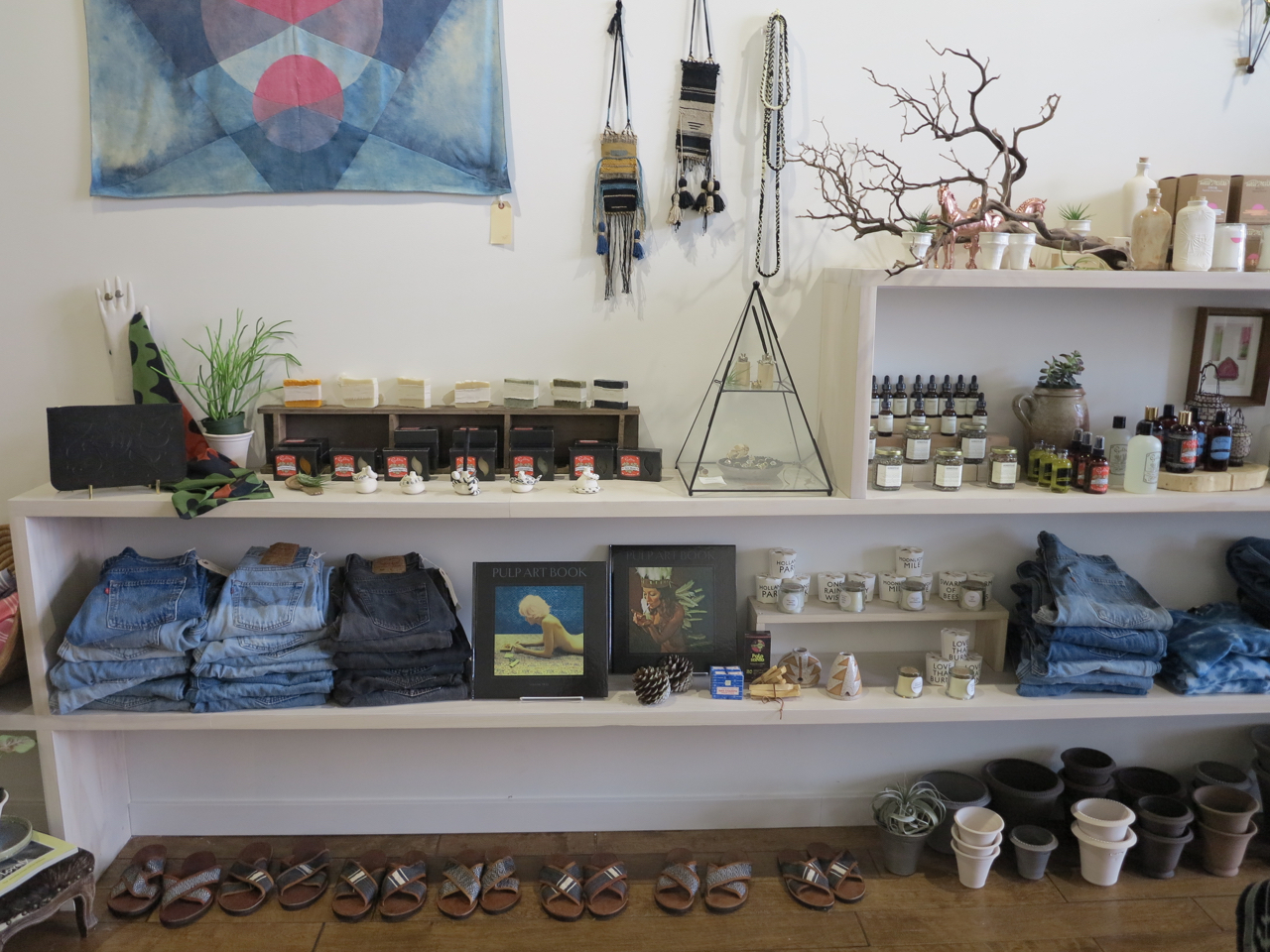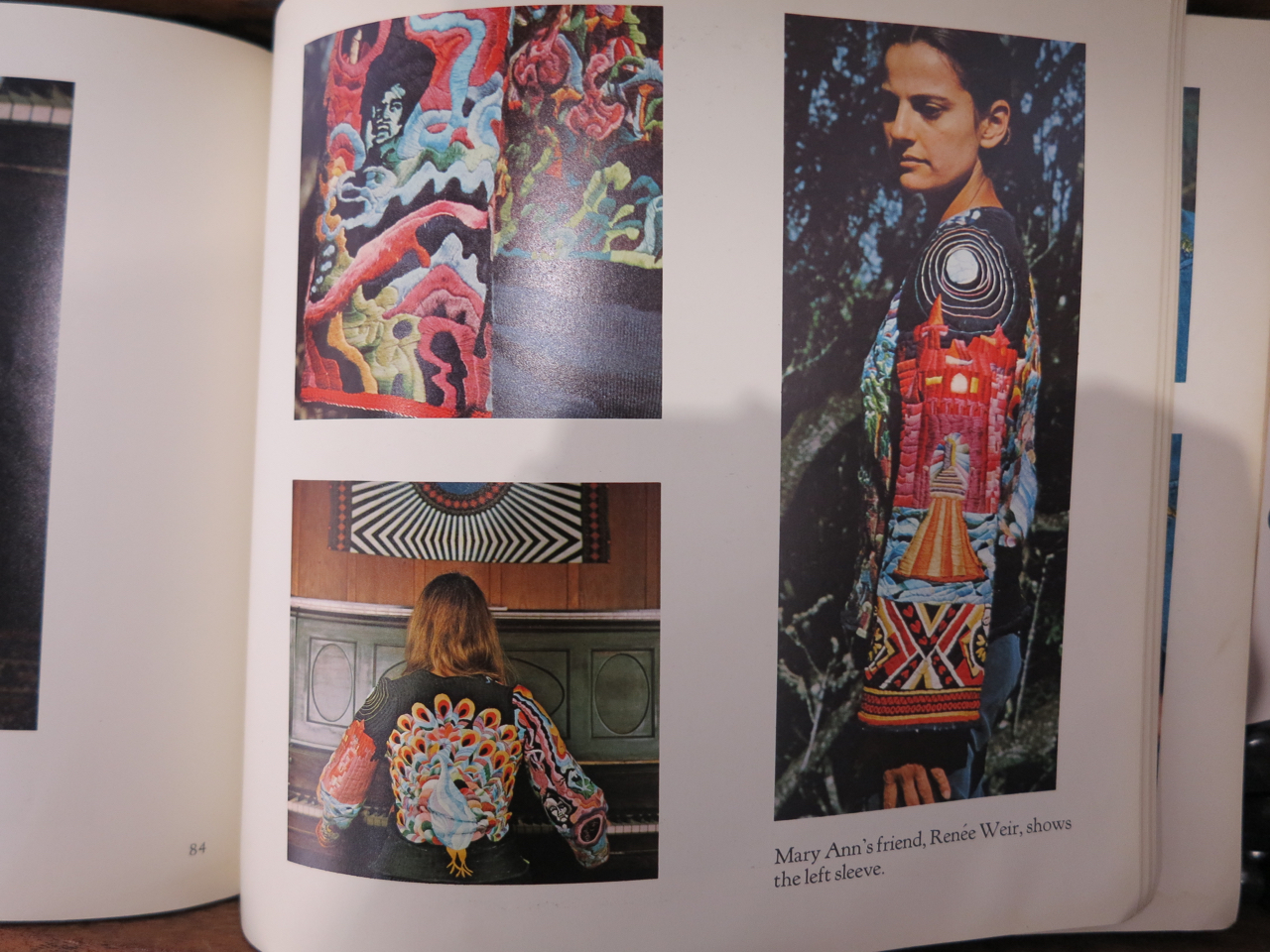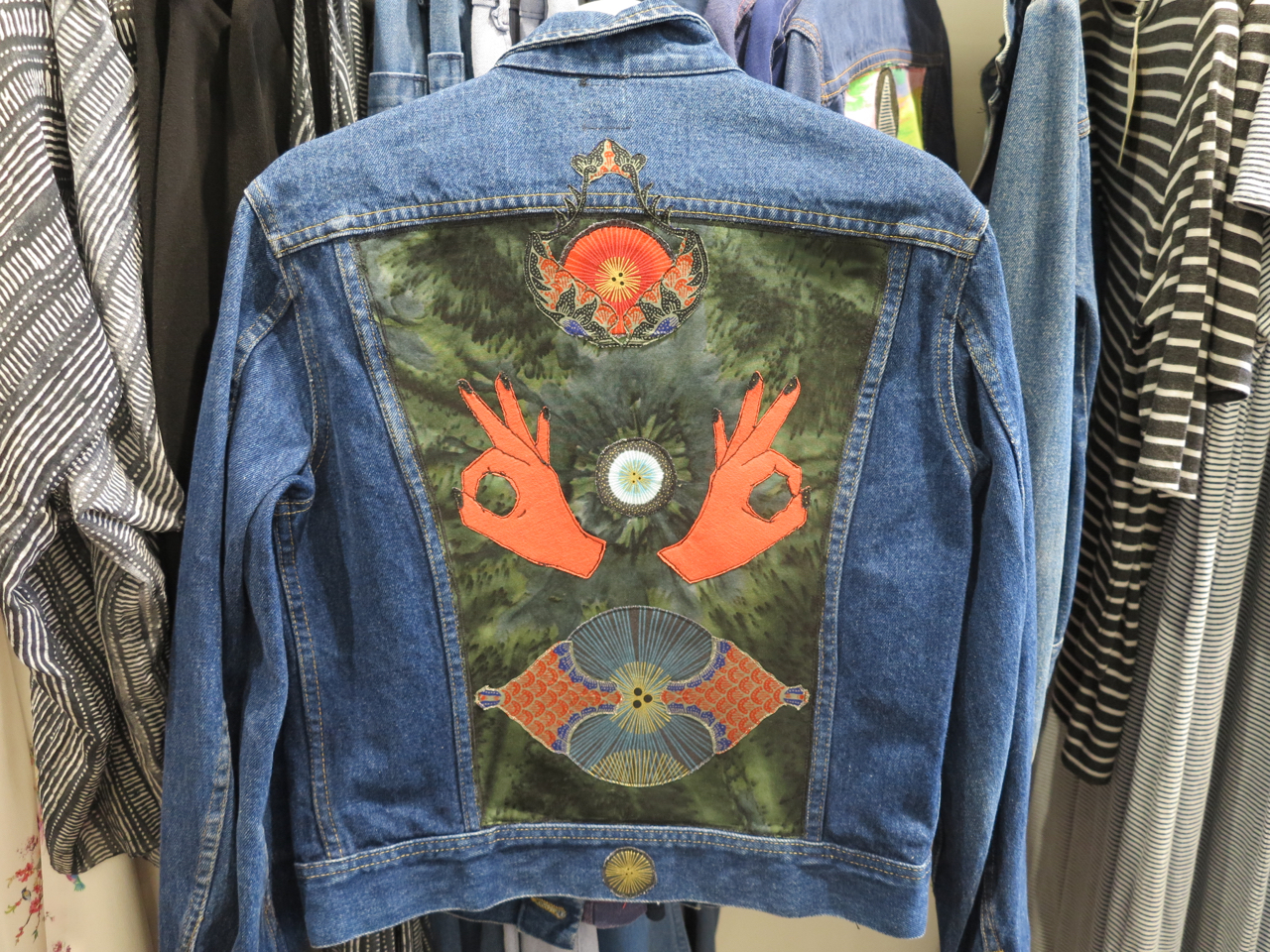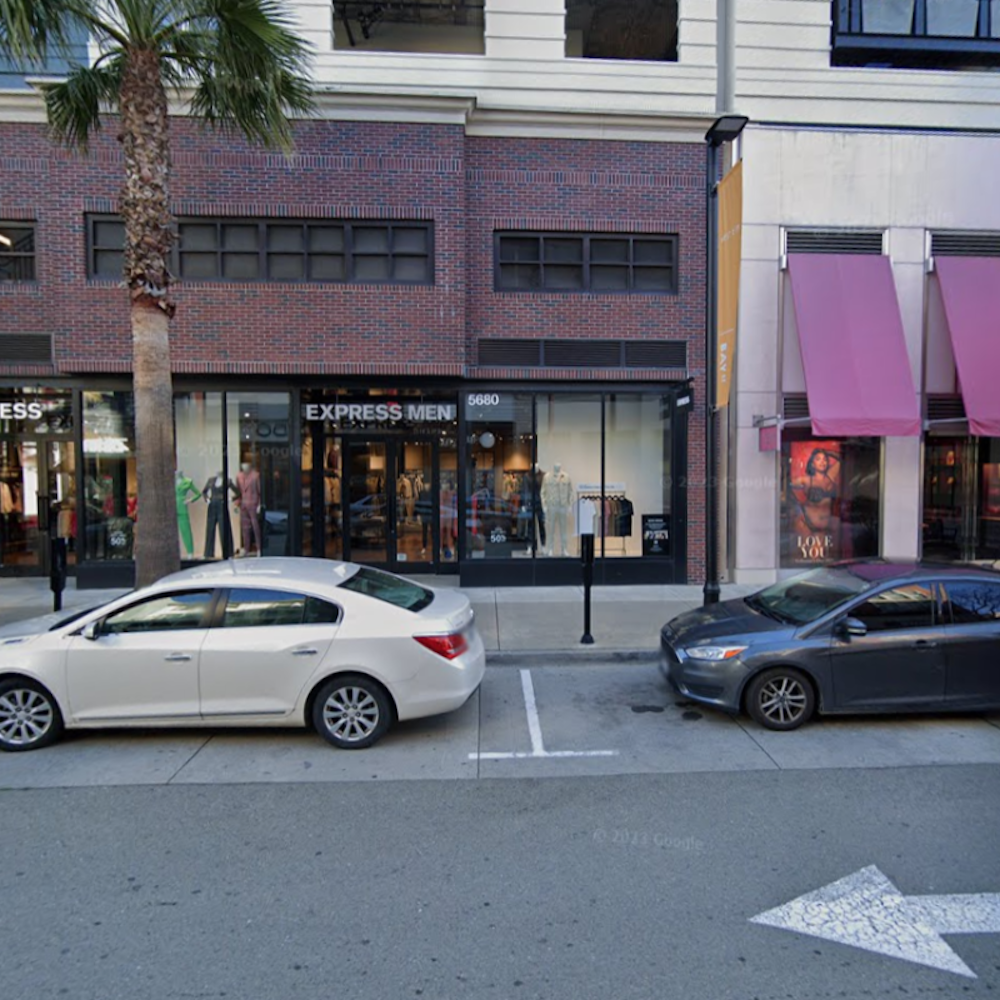
There's no denying that the San Francisco that played host to the hippie movement of the '60s and '70s has come and gone. However, the paisley-rich, macraméd aesthetic has never really left the city, and has actually seen something of a renaissance, thanks to the maker-focused culture currently permeating the West Coast.
That spirit is particularly alive and well at St. Lightning, a new boutique at Polk and Jackson streets, which opened its doors in February of this year.

Owned by Jenni Witt and Sita Lindner, a groovy duo who met while babysitting for the same family four years ago, St. Lightning celebrates goods made by individuals and small companies that utilize sustainable and artisanal practices.
Witt, an Oakland native, is the former merchandising director for Azalea and Rand + Statler. Disappointed with the murky sourcing of many textile goods, she decided to open her own operation that only carried items from companies that were transparent in their manufacturing processes.
She shared her vision with Lindner, who has a background in interior design, and the two partnered up to create St. Lightning, a name derived from a fortuitous misreading of the "ST LIGHTING" signs on the sidewalk, which indicate where the wiring for street lamps can be found.

St. Lightning's inventory ranges from all-natural apothecary items to handmade jewelry to vintage Levi's jackets freshly embroidered by Bay Area artists. Witt cited the classic book Native Funk and Flash, a pictorial ode to the folk-art styles of the '70s, as a major source of inspiration in curating the items she sells in her store.
"We're both part hippie," said Witt, who feels that the current producer-focused, folky movement in fashion and homewares is partially due to people growing tired of the modern, high-tech world.

With that goal in mind, Lindner sought to create a space with a welcoming atmosphere. "We wanted to make people feel invited," said Lindner. "Small boutiques like this are old-fashioned. We wanted to become part of the neighborhood."
To this end, St. Lightning also plans to begin hosting workshops, where they will invite people to come learn techniques like natural dying, jewelry and textile making, ceramics, and, of course, macramé. "We both loved teaching, and we wanted to do something with that, something interactive," said Witt.

Eventually, Witt and Lindner would like to begin producing their own line of items, citing the challenging profit margins that exist in small-scale retail when one is selling high-quality goods. However, they don't expect that to happen for another three years. In the meantime, they look forward to collaborating with certain brands to make limited "one-off" productions that will only be available at St. Lightning.

"I love the fact that we get to interact and collaborate with so many artists," said Witt. "We like the idea of people coming together as a creative community and making things from humble goods, the way it was done in the '60s and '70s. We wanted to bring that back."









